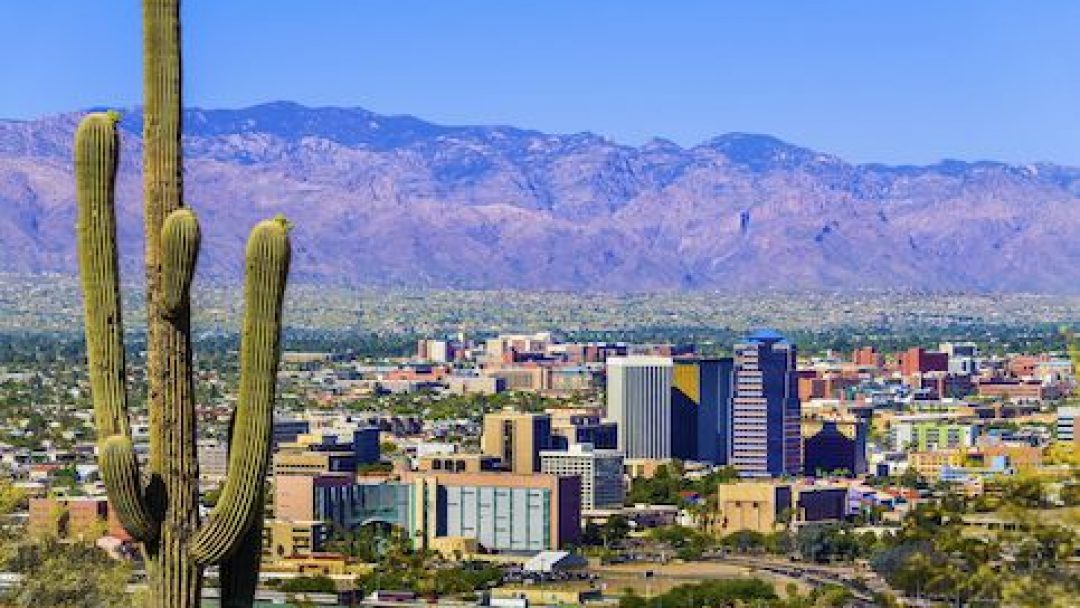A revival has come to a 645-acre residential and commercial Tucson development near Ryan Airfield south of Valencia Road.
County officials say as many as 2,658 homes could be developed in the area due in part to the increasing interest in the development known as Pomegranate.
“We are seeing growth out there,” said Chris Poirier, a county planning official.
Tucson has seen positive residential trends as foreclosures continue to fall and home permits rise.
Development of several nearby subdivisions, as well as a large land purchase in the area by another developer, were a part of what made Pomegranate attractive said Dan Wingert of Crown West Land Group. He said planned roadway improvements in the area were also a perk.
Wingert has said there are remaining steps that need to be taken before construction on the development can begin. He estimates that construction could possibly begin in 2018. Wingert also said “We’re open for a new name. There are no pomegranates out there.”
Pomegranate’s original plan, which was created “during a time when the real estate market was booming,” does not correspond to today’s market, says the development’s designer. The Board of Supervisors recently approved a request for substantial changes that was submitted by CrownWest and its planning consultant. The request was approved by a 4-1 vote.
Among the major changes that CrownWest and its planning consultant requested approval for are decreased density. The development’s original plan required a residence count of at least 3,116, voiding requirements that all homes are mandated to be within a certain distance of commercial services, the removal of a number of sustainability standards related to solar power and gray water, and mandated multi-story compact development.
“We just don’t see that type of development in more rural settings,” says Poirier. “You’ll see that within the city, maybe downtown, or the University of Arizona. That was just not a very pragmatic. As long as they’re not increasing the yield, we think that we could be flexible. We’re responsive to changing times, and we’re trying to stay ahead of things.”







